Overview
OneCard system is a unified credit/access card for students in York College.
- Purposes:
- Controlling Access;
- Identification;
- Shopping.
- Budget Requirements:
- Personnel Salaries;
- Equipment;
- Supplies.
The main objective of the proposal is introducing a unified card system to be used for as an identification, access, and purchases. The budget of the project identified three elements during the implementation.
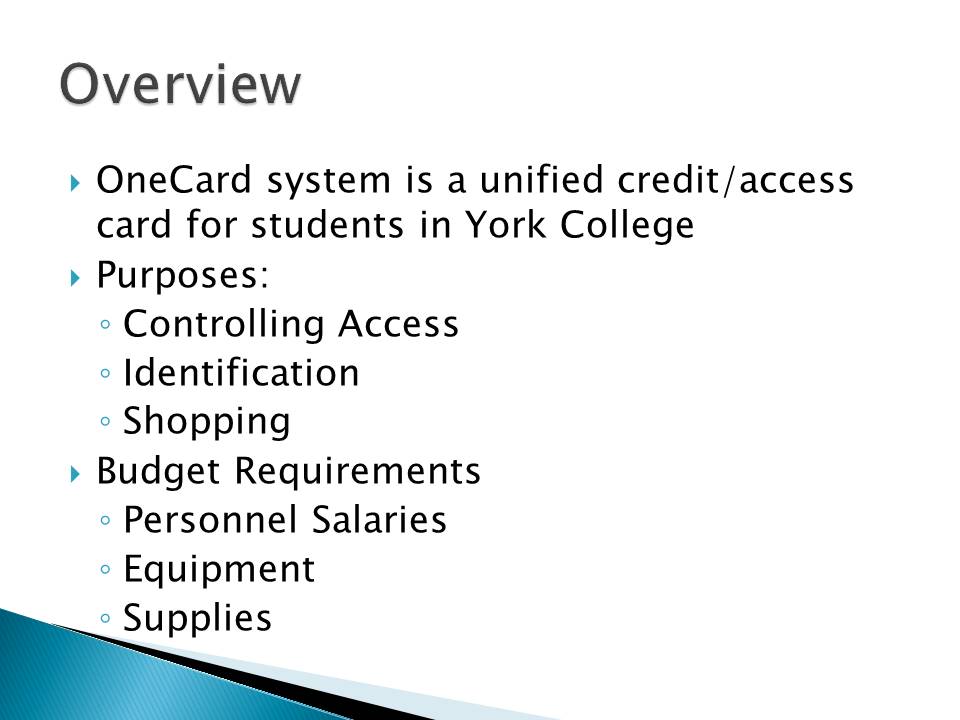
Implementation Schedule
There are four stages during the implementation of the project. Those 4 stages will be distributed along five years which is the estimated time of project’s completion. The stages are sequential and thus, they are performed in order.
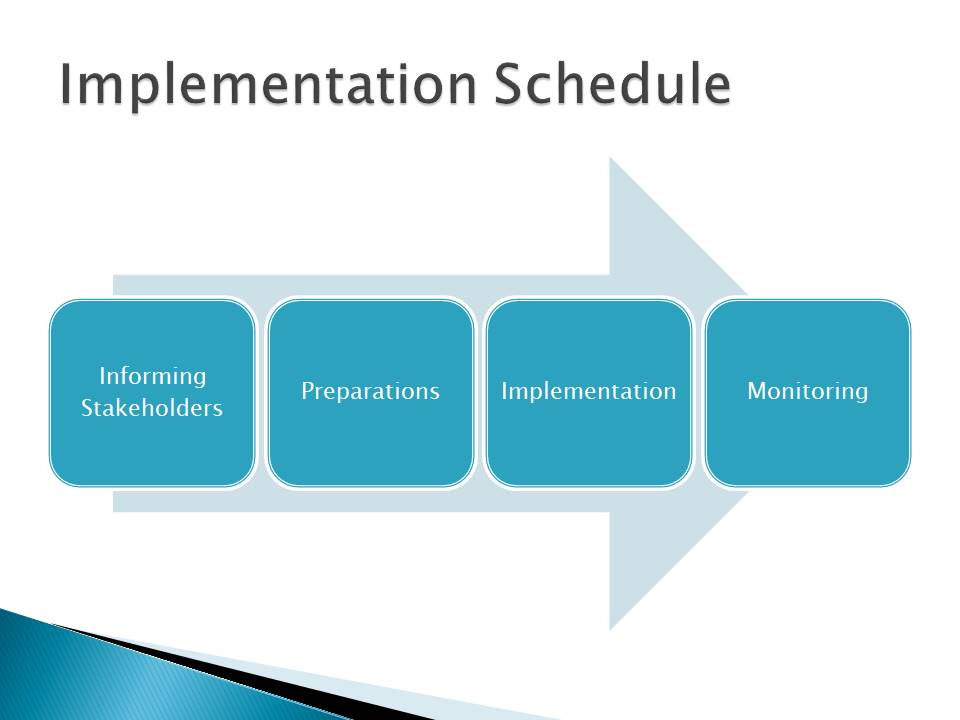
Providing Information
- Informing Administration
- Advantages
- Revising budget
- Evaluating cost/benefits
- Authorization
- Informing Students
- Preparing for change
- Explaining change
- Long/short term advantages
- Potential drawbacks
- Explaining change
- Preparing for change
Providing information is based on getting authorization to start the project with the administration and preparing students for change. Such aspect include explaining what the introduced change will be what are the advantages and the drawbacks, if any. Additionally, any inconveniences that might occur during the project should be carefully explained.
Providing Information Schedule
Providing information will be sequential, where the information will be provided for students only after the administration will authorize the project. Means of information for students might include other tools such as boards, forums, and others. The main aim is to make sure that at the time the project starts, 5 months after authorization, the majority of students will be aware of the changes.
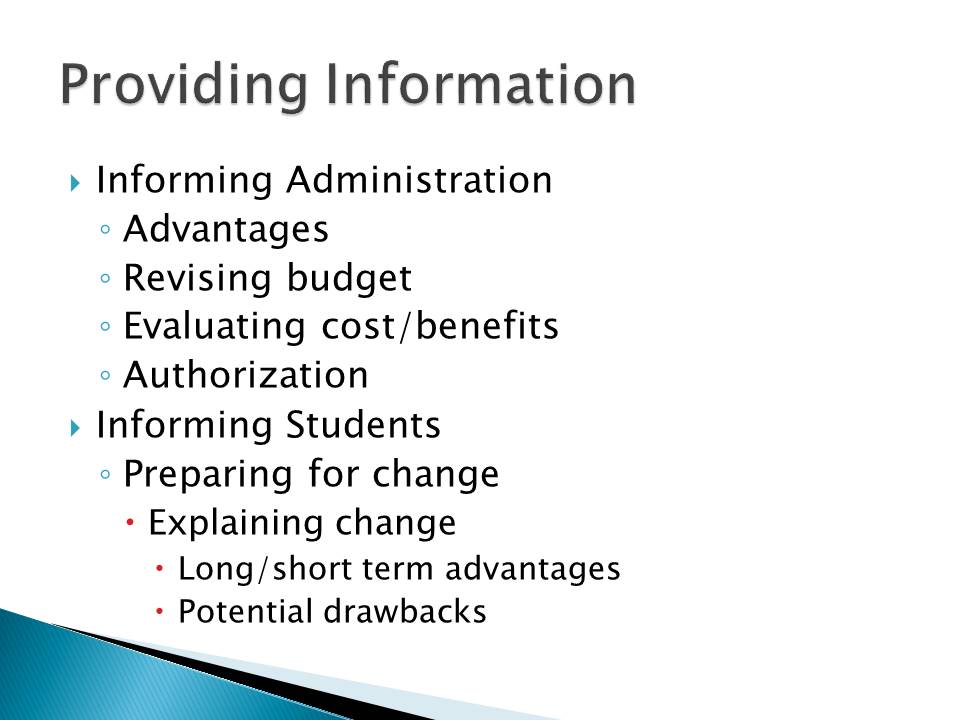
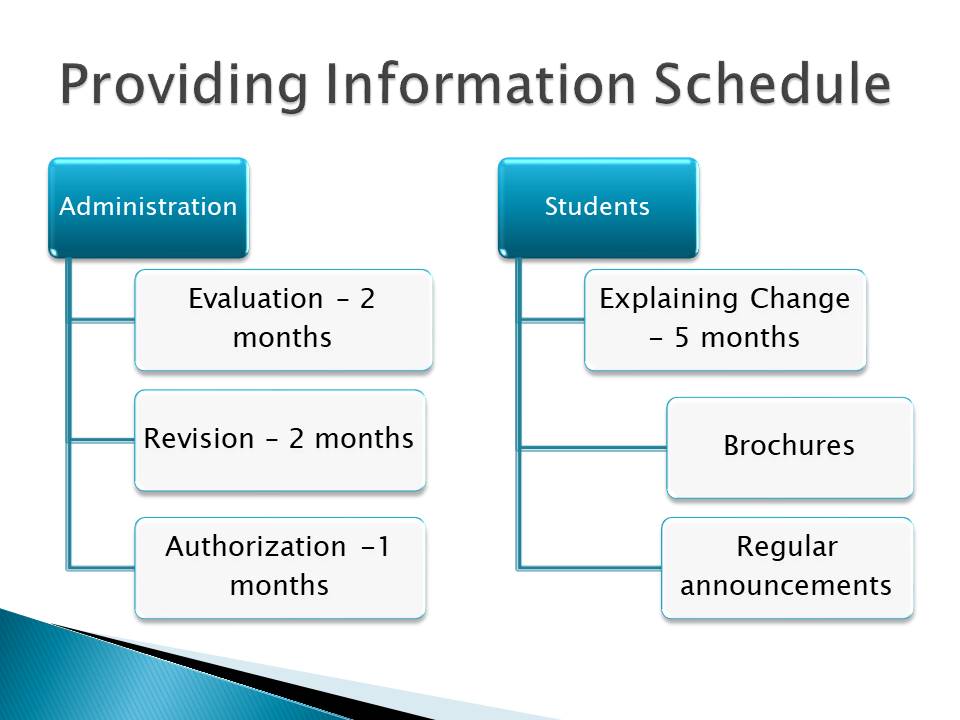
Preparation
The stages of preparation include can be divided between recruitment and purchases. The two stages are not sequential and can be performed in no particular order. The recruitment stage, however, are performed in the indicated order.
Preparation Schedule
After the initiation of each stage as well as after its completion a budget review should be conducted by the board, in order to make any necessary adjustments.
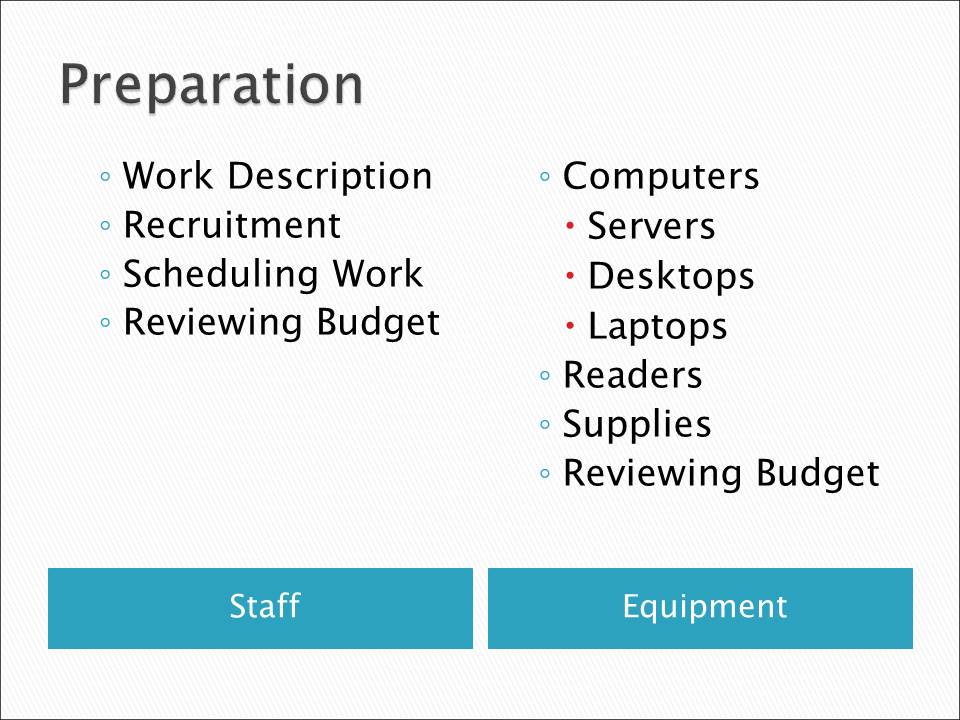
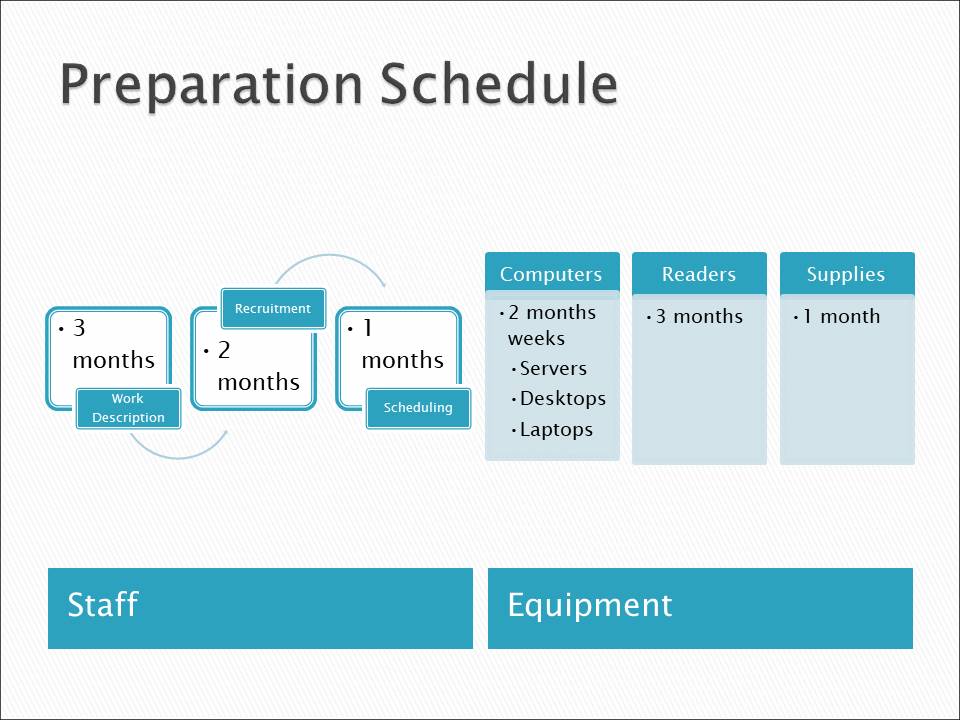
Implementation
- Establishing a deadline
- Initializing Project
- Organizing Sector-by Sectors Installation
- Installing Equipment
- 1st Sector
- 2nd Sector
- 3rd Sector
- Testing
- Distributing Cards
- Authorizing Usage
The project will be implemented in three phases, according to the sequence of the sectors in which the readers will be installed. A deadline should be established, where the sectors should be organized in the order the work will be performed. A test stage is scheduled at the end of the installations period, after which students will be able to receive their cards.
Implementation Schedule
The period for installation is set to be 2 years, where each sector will be implemented in order. At the end of the period the use of cards will be initiated through an announcement.

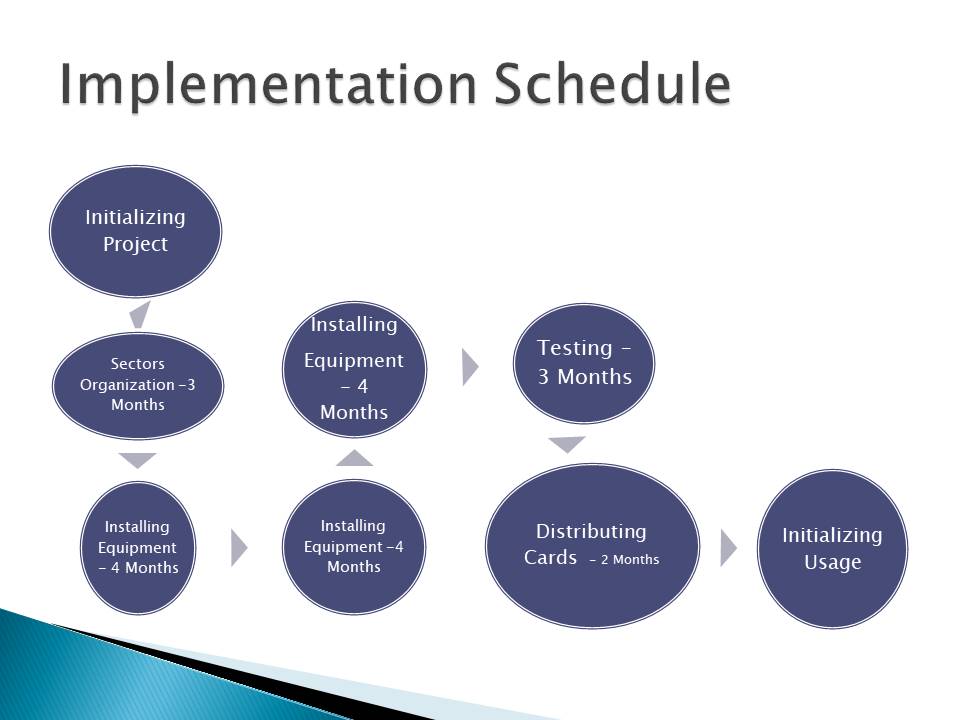
Monitoring
- Setting Metrics
- The Monitoring Process
- Measuring Performance
- Tracking Errors
- Correcting Errors
- Measuring Performance
- Collecting Feedback
The monitoring process will last for about a year. The first stage of the monitoring process will be setting metrics, based on which the performance will be evaluated. Feedback will be collected during the whole period, using surveys, web forms, and other methods.
The monitoring process is a continuous process, and thus, no deadline will be established for each stage. As soon as errors tracked, they are corrected and the monitoring process continuous.
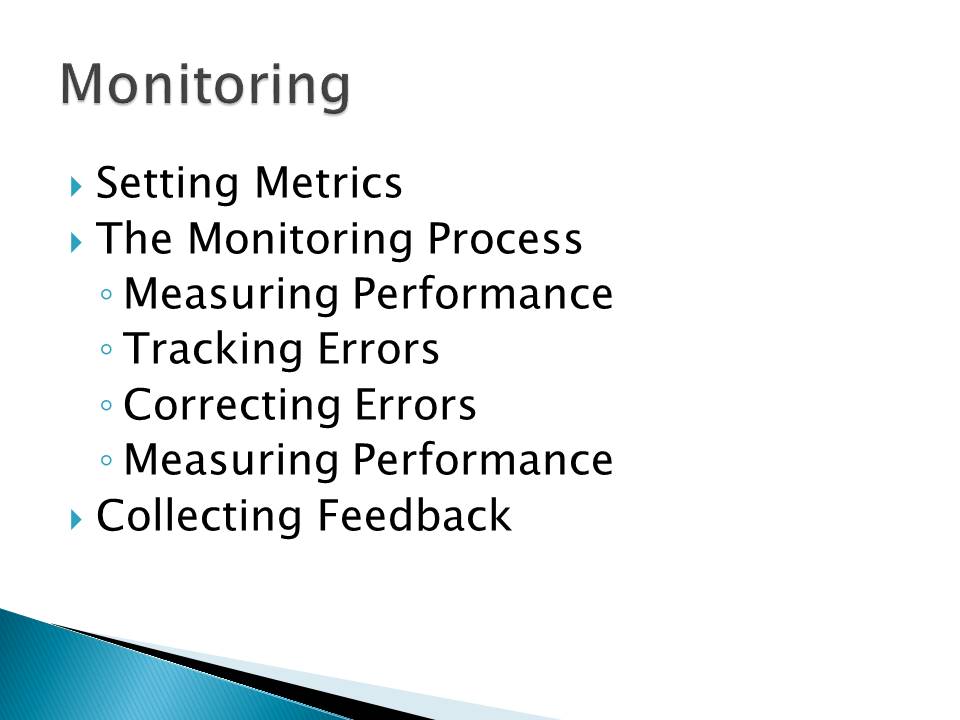

Conclusion
- The time established for project implementation is five years.
- Reserving extra time in the deadline to consider all risks that might occur during the project.
- Constant review of technologies.
The buffer time given to the project will make sure that any an expected risks that might occur during the project will be mitigated. Accordingly, a commission should established to review the technologies used and the feasibility to make adjustments to any project decisions.
